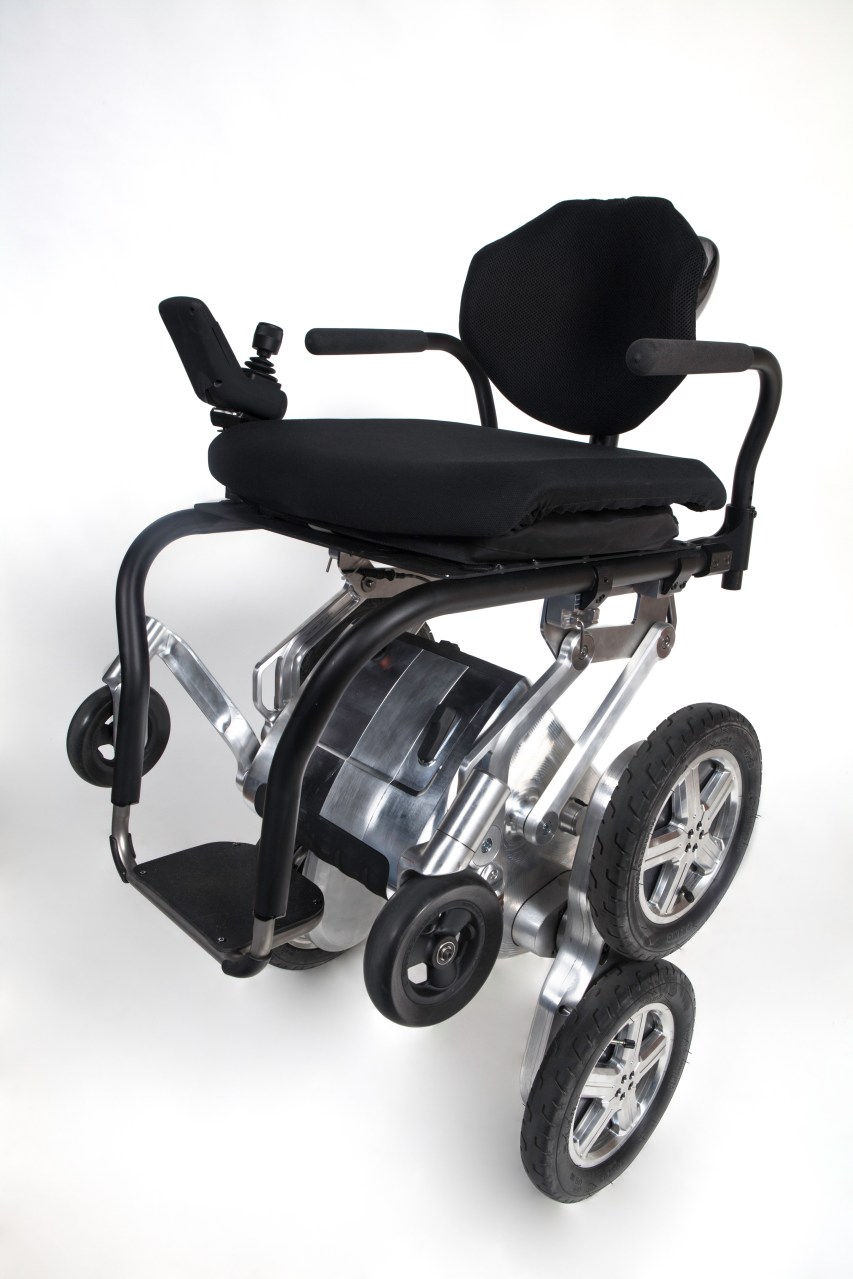In a world where technological advancements seem to leapfrog over existing innovations, the iBOT motorized wheelchair stands out as a remarkable piece of engineering that was well ahead of its time. Originally invented by the visionary Dean Kamen over 15 years ago, the iBOT showcased an innovative approach to mobility, boasting impressive features that allowed users to navigate stairways and traverse challenging terrains. Now, after years of anticipation and hope, the partnership between Kamen’s DEKA and automotive giant Toyota holds the promise of rejuvenating this groundbreaking mobility device.
The Unique Time Capsule of the iBOT
It’s hard to fathom the impact that Kamen’s invention had in the early 2000s. Imagine the sight of Dean Kamen demonstrating the iBOT, seated confidently next to Bill Clinton in the Oval Office, an image that resonates with innovation and forward-thinking. The iBOT was not just a wheelchair; it was an entirely new way of thinking about mobility for individuals with disabilities. Equipped with power wheels that could effortlessly ascend and descend stairs, the iBOT could also glide over uneven terrains like grass and sand, providing users with unparalleled freedom.
A Vision for the Future: Partnership with Toyota
After years of sporadic talks about revitalizing the iBOT, the collaboration with Toyota has emerged as a lifeline, rekindling hope for those who have been patiently waiting for its return. “We’d like to take everything great about the iBOT and enhance it with 15 years of improvements in technology,” Kamen stated in a recent announcement via video. This partnership signifies not just an upgrade of the existing technology but a holistic re-imagination of what the iBOT could become for future generations.
Expanding the Capabilities
- Enhanced Mobility: With Toyota’s expertise in automotive technology, the new iteration is likely to feature advanced navigation systems that improve the iBOT’s ability to traverse different environments.
- Medical Rehabilitation: Beyond just being a mobility device, there’s a plan to incorporate elements of medical rehabilitative therapy, which could bring an entirely new dimension to user experience.
- Integration with Smart Technologies: Imagine walking into a mall where the iBOT seamlessly connects with smart city infrastructure, offering data-driven pathways and safety navigation for users.
Addressing the Challenges of the Past
While the iBOT dazzled with its technological prowess, the original model faced hurdles in terms of affordability and accessibility. As conversations evolve around the next steps, there’s a pressing need to ensure that the new iBOT reaches those who need it most without being burdened by financial constraints. Emphasizing cost-effective solutions while maintaining premium features will be crucial for making this technology accessible to a wider audience.
Conclusion: The Road Ahead
The revival of the iBOT is more than just a technological comeback—it’s a statement about the future of mobility and inclusivity. As we stand on the cusp of this new era, the collaboration between Dean Kamen and Toyota offers a tantalizing glimpse into what is possible when cutting-edge technology meets genuine humanitarian intent. At fxis.ai, we believe that such advancements are crucial for the future of AI, as they enable more comprehensive and effective solutions. Our team is continually exploring new methodologies to push the envelope in artificial intelligence, ensuring that our clients benefit from the latest technological innovations.
For more insights, updates, or to collaborate on AI development projects, stay connected with fxis.ai.

